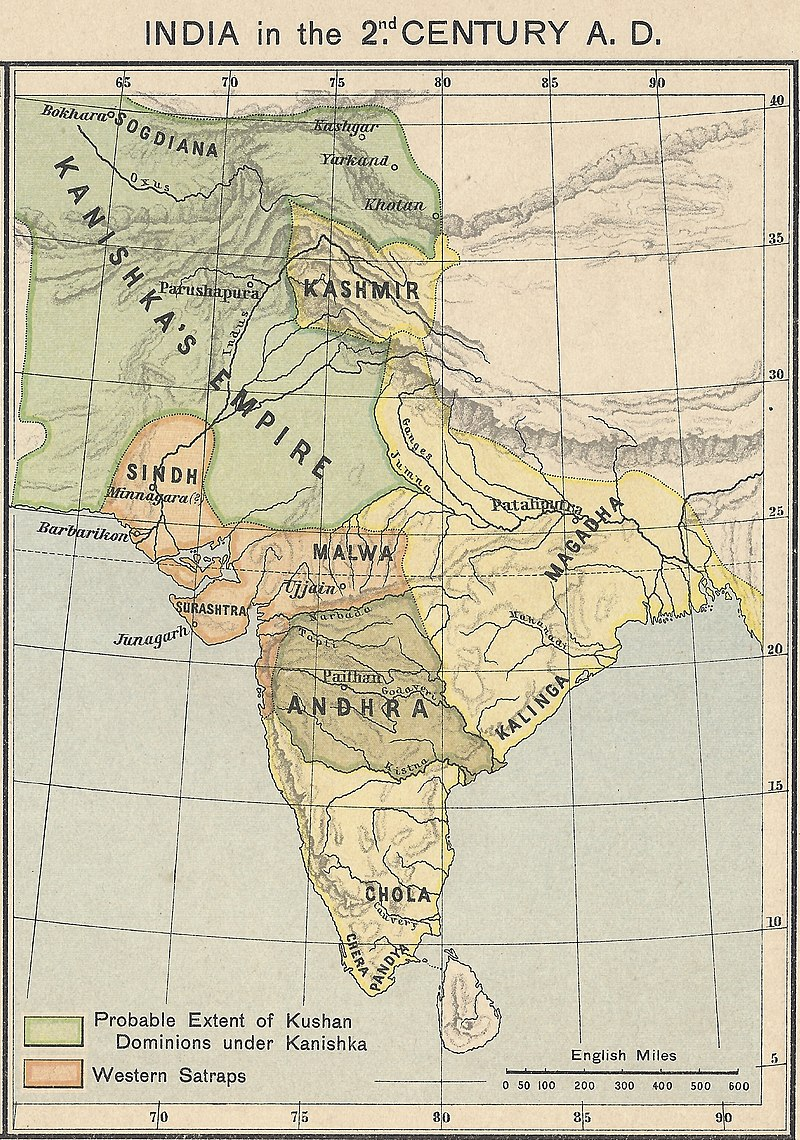Is Casca Black?
Hello there, my lovely Fecomic readers! Are you ready for some juicy Berserk secrets? Today, we’re diving into the mystery surrounding Casca’s ethnicity and skin tone. Grab your popcorn and let’s get started!
The Kushan Connection
If we’re talking about Casca’s race, I believe she is most likely of Kushan descent. Take a look at baby Casca and the Kushan children from Volume 29. Don’t they look strikingly similar? (Check out that hair swirl at the top of their heads!) The Kushan Empire did exist in the 1st century, spanning East Pakistan and North India. “Kanishka” was the name of the Emperor of this empire. Now, here’s an interesting tidbit: people in Pakistan and North India tend to have lighter skin compared to South India, where people often have darker skin tones. So, it’s very possible that Casca’s skin tone, ranging from tan to dark black, fits within the realm of possibility and canon.

A Tale of Different Illustrations
Now, let’s talk about how Casca’s skin tone is portrayed in different illustrations. In the movie trilogy, she appears with a tan and lighter skin tone. In Kentaro Miura’s colorized illustrations, she is often depicted as tanned to dark-skinned. When the environmental light is sparse, her skin is painted very dark. From an artistic perspective, this is how darker skin realistically behaves in strong lighting conditions. However, there are also illustrations of her looking rather tan and light-skinned. It’s hard to determine if this is due to the medium used (colored pencil/watercolor, which tends to be less saturated and brighter) or if Miura intentionally wanted her to be lighter-skinned.

My Personal Take
Personally, I am a big fan of a dark-skinned Casca, just like how she appears in the 1997 anime. When I color Berserk pages, I always illustrate her with a darker skin tone. It adds to her character’s mystery and allure, like a “black beauty,” you know? Casca is an incredible character, strong, honorable, righteous, smart, sensitive, vulnerable, and still feminine. She is even more intelligent and strategic than she initially seems. It’s amazing to see one of the best-written female characters become an idol for people of color. We definitely need more characters like her! As someone as pale as Swiss cheese, I can’t help but relate to her struggles more than any other female character I’ve encountered.

Ethnicity in the Berserk Universe
Let’s shift gears and briefly explore the ethnicities of other Berserk characters. Most of them seem to be of European descent. Just take a look at their names, settings, and history:
- The Vandimion family is involved with the Pope and the “Holy See” (Vatican, Italy).
- Characters like Farnese and Serpico have Italian-sounding names. In fact, there was a real-life family called the House of Farnese that had deep connections to the papal state during the Renaissance.
- Gambino, Martino, and Tonio, all side characters, also have Italian names.
- The Chuder/Tudor Empire in Berserk has a real-life equivalent in the Welsh Royal House from the 15th century.
- Midland and Chuder/Tudor Empire have similarities to the French and English conflict during the 100-year war, which happened in real life.
- Isma’s name has Arabic origins, meaning “protection” and “safeguarding the prophets.” Isn’t it funny how she saved Isidro from falling off the Seahorse during their Sea God battle?
- Isidro, on the other hand, has a Spanish name.
- Laban appears to be a French surname.
- Owen is an Anglo-Saxon name.
- Roderick, with its Germanic roots, describes the distribution of power in relation to the Holy See, implying a division of religious orientation, possibly between Catholics and Protestants.
- Miura incorporates Shaman, Celtic, and Hebrew symbols when referring to magic or magic rituals, hinting at the cultural influences in the Berserkverse.
- Veykings make a brief appearance on Elfhelm.

In Conclusion
To sum it up, Casca’s ethnicity is likely of Kushan descent, with her skin tone ranging from tan to dark black. As for the other Berserk characters, they mostly have European backgrounds, with various influences from Italy, France, Spain, Germany, and more. It’s safe to say that Kentaro Miura loves his pizza and pasta!
Thank you for joining me on this exciting journey into the world of Berserk and Casca’s ethnicity. I hope you enjoyed our little chat! If you want to explore more thrilling manga and anime content, visit Fecomic for all your manga cravings. Trust me, you won’t be disappointed!




